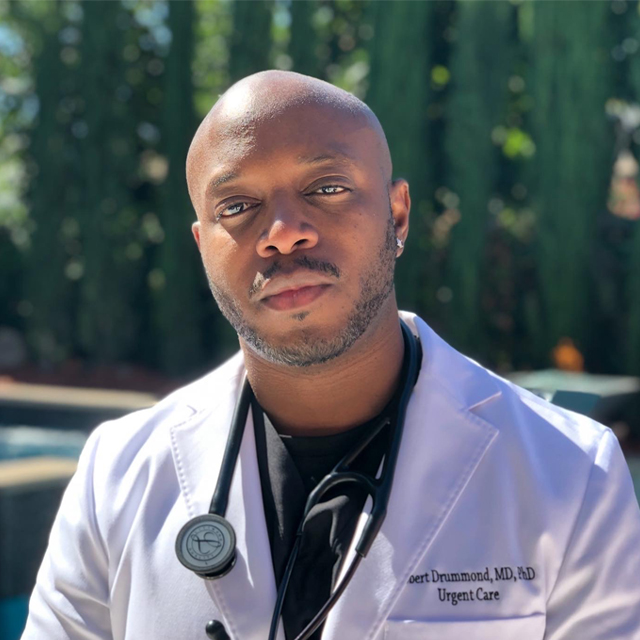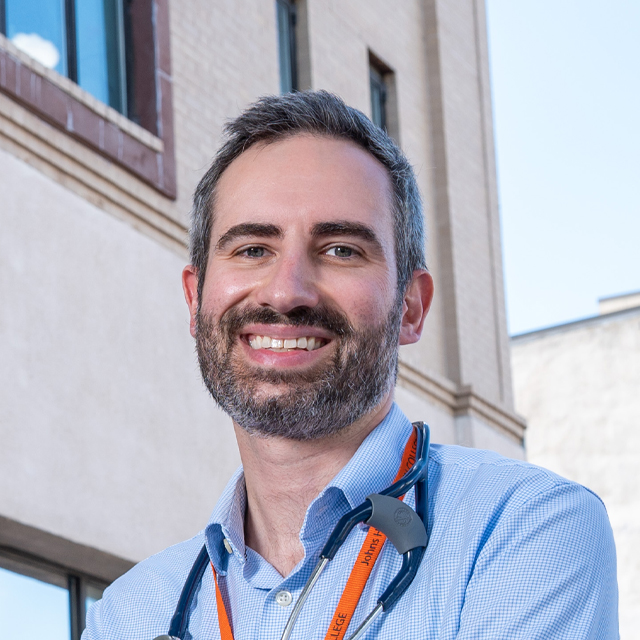For celebrated cancer researcher Chi Van Dang ’82, joining Johns Hopkins marks both the next chapter in his career as well as a homecoming.
“When I was first approached about returning to Johns Hopkins, I thought, ‘Wouldn’t it be great to come home?’” recalls Dang, who completed both his medical training and Osler residency at Johns Hopkins, and later served on the faculty for 24 years, during which time he helped establish new fields of cancer research. “Coming back to where I started my career as an assistant professor feels like being reborn and will certainly reinvigorate my research program.”
Dang, a cancer biologist and hematologist-oncologist who holds a Ph.D. in chemistry from Georgetown, left Johns Hopkins in 2011 to become director of the Abramson Cancer Center and of the Abramson Family Cancer Research Institute at the University of Pennsylvania. He has returned as a Bloomberg Distinguished Professor of Cancer Medicine, with primary appointments in the Department of Oncology in the school of medicine and the Department of Biochemistry and Molecular Biology in the Bloomberg School of Public Health, as well as an appointment in the Sidney Kimmel Comprehensive Cancer Center.
He has also moved his Ludwig Institute for Cancer Research Scientific Director’s Laboratory from the Wistar Institute to Johns Hopkins.
Dang is best known for defining the function of the first cancer gene — the MYC gene — that is known to act as a switch, turning on metabolic pathways and mechanisms that are advantageous for cancer cells.
This landmark finding from 1997 has since opened up the field of cancer metabolism. Now, Dang aims to exploit this knowledge for therapy by targeting the cancer cell metabolism. If the fuel sources that cancers become addicted to can be identified and cut off or if drugs can block the cancer cells’ ability to process the nutrients, this could be a practical way to kill cancer cells.
Dang’s recent work has begun to focus on how the circadian clock affects tumor biology and how these clocks can be manipulated for therapeutic purposes. “We found that when MYC is activated in some types of cancer cells, it actually destroys the clock. If tumor cells have no clock, they are always running, and because of this, they grow very rapidly. Our noncancerous cells, on the other hand, have a clock that regulates their functions,” he says. “We may be able to manipulate this and spare side effects by administering chemotherapy at the right time of day, when healthy cells are inactive and won’t react to the chemotherapy, while cancer cells could still be killed off.”


